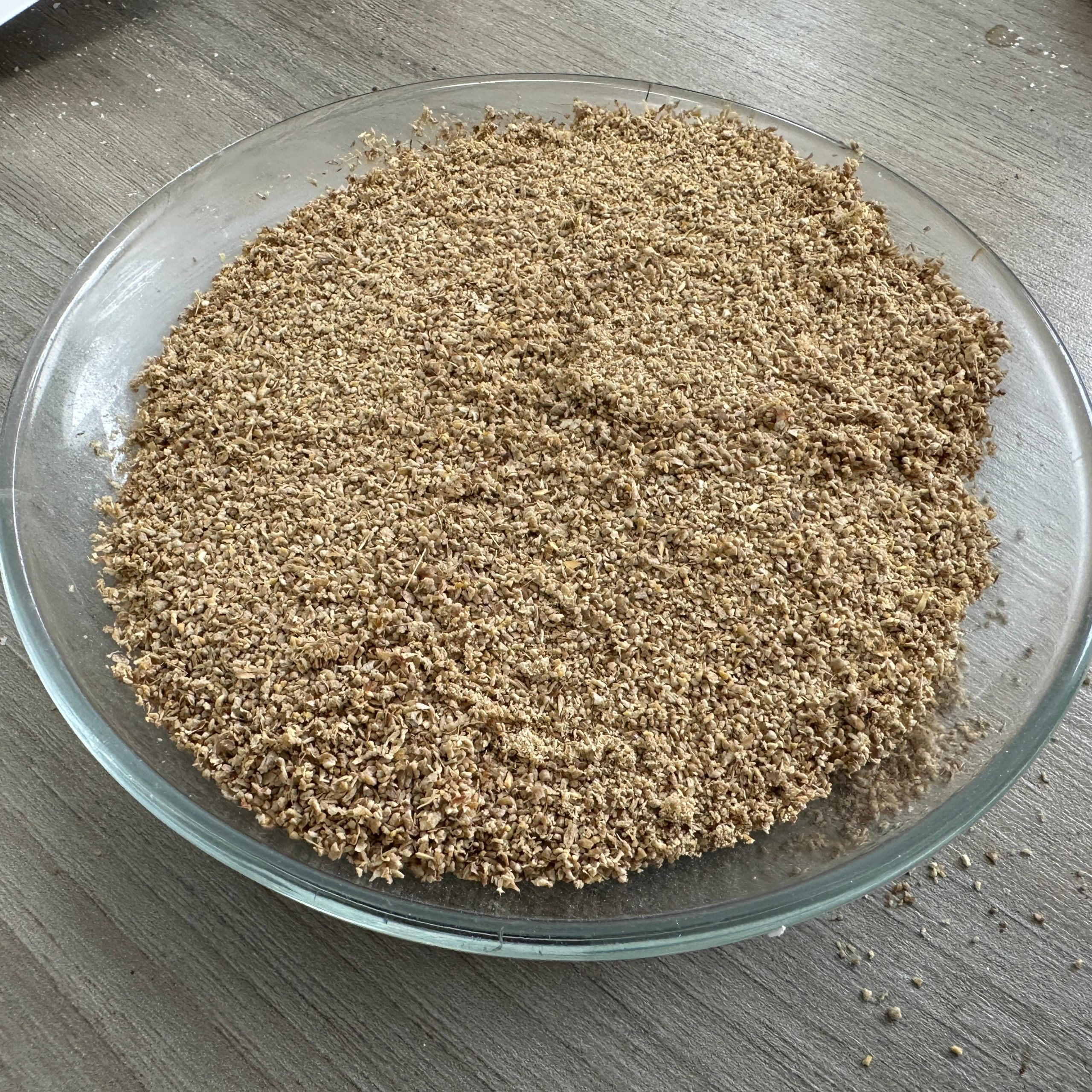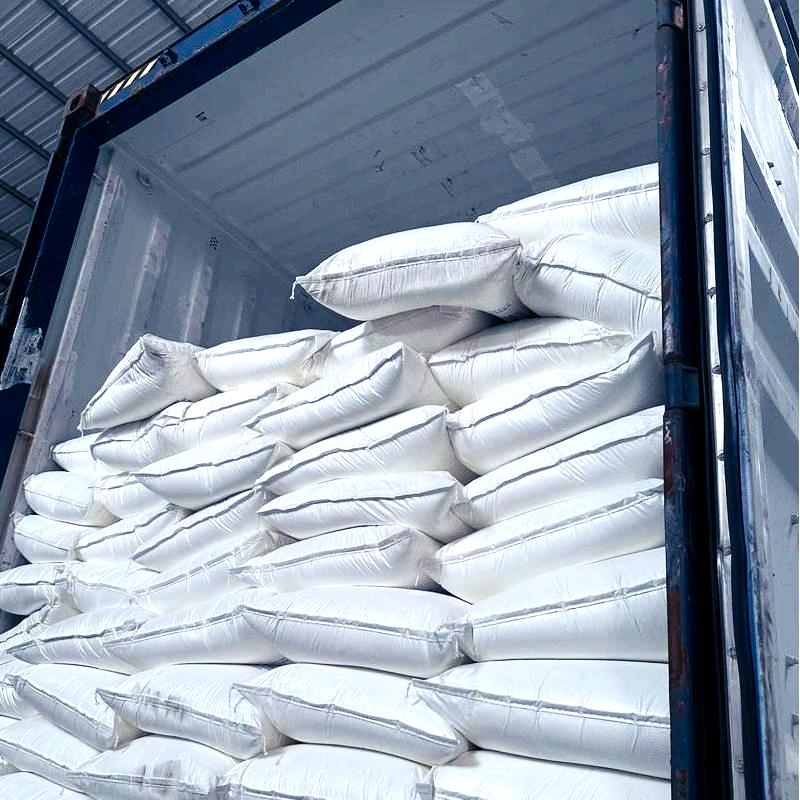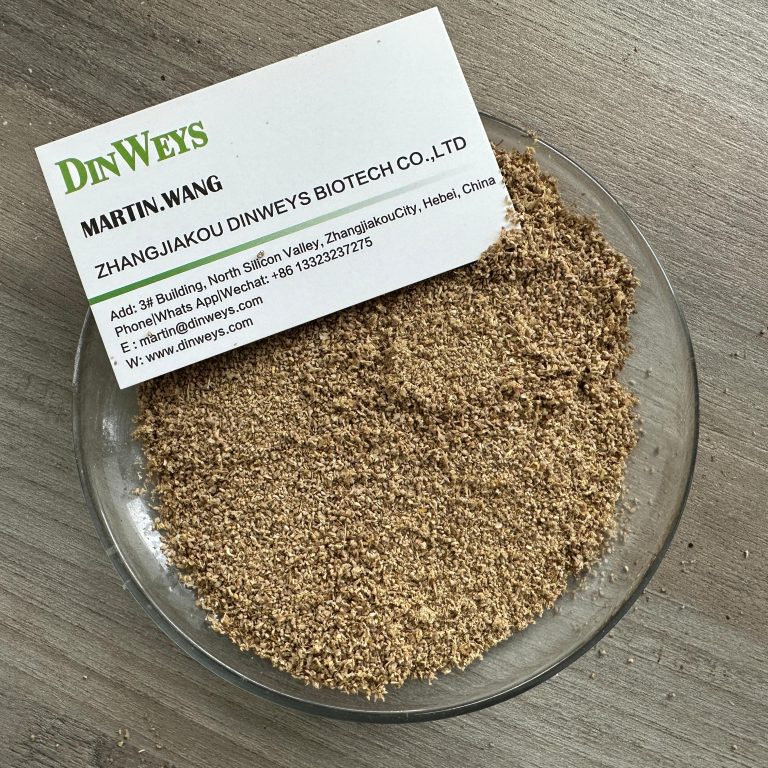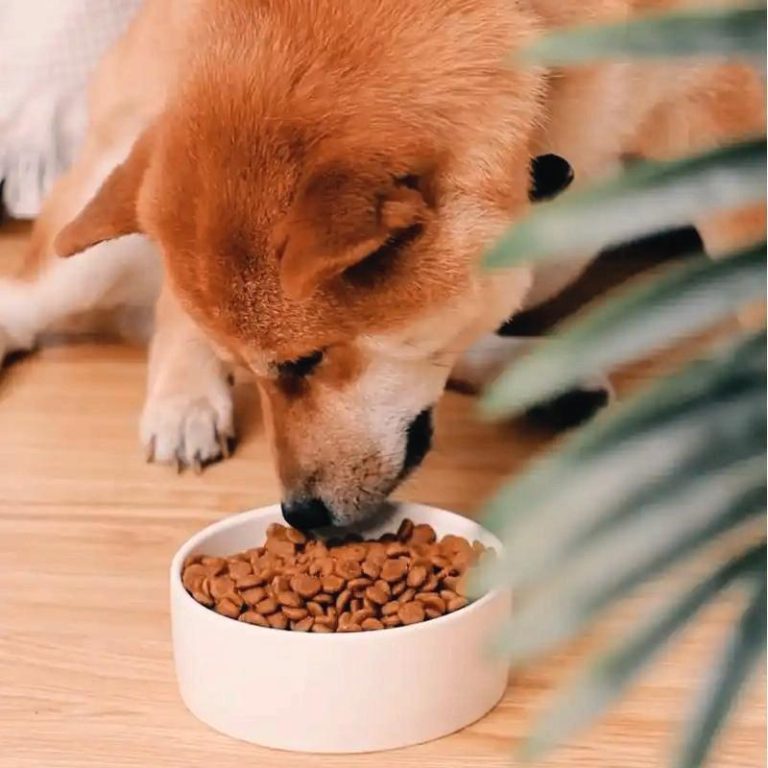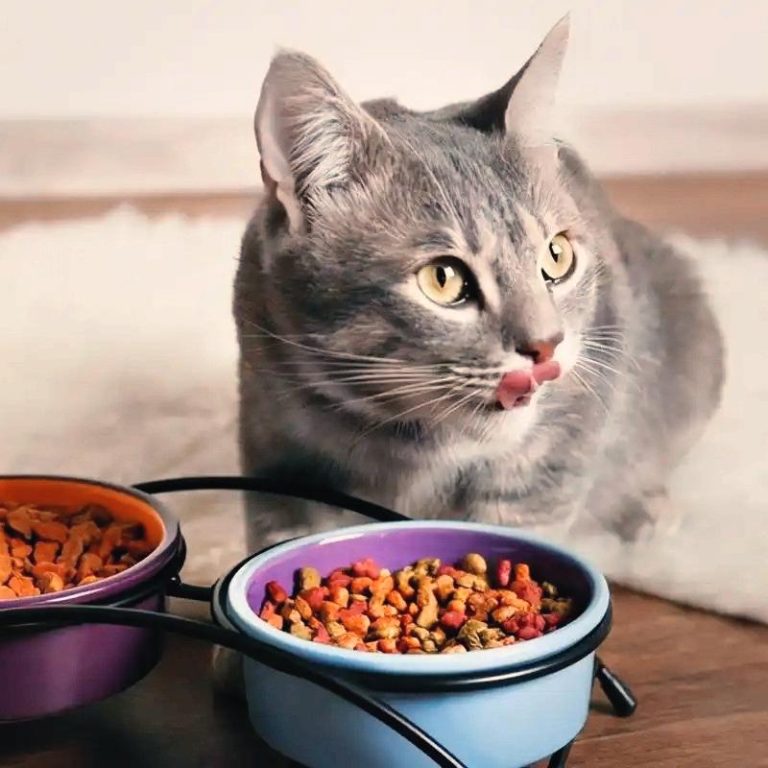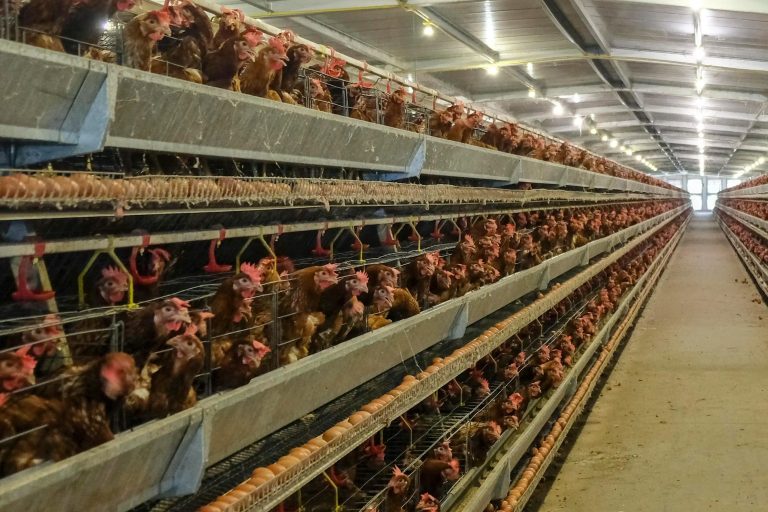1. What is Choline Chloride Feed?
Choline chloride is a water-soluble B-complex vitamin widely used as a feed additive in animal nutrition. It is used in the field of animal fat metabolism, liver protection, growth performance, reproductive health, and nervous system support. Choline chloride feed specifically refers to its application in animal feed formulations to support growth and health in livestock, poultry, aquaculture, and pets (EFSA, 2011).
2. Composition and Functional Roles of Choline Chloride
- Chemical Name: 2-Hydroxy-N,N,N-trimethylethanaminium chloride
- Formula: [HOCH₂CH₂(CH₃)₃N]Cl
- Molecular Weight: 139.63 g/mol
- Synonyms: Trimethylhydroxyethylammonium chloride
Functional Roles as Feed Additive
- Fat Metabolism: Prevents abnormal fat deposition in the liver, reducing fatty liver syndrome.
- Cell Structure: Essential component of phospholipids (e.g., lecithin) in cell membranes.
- Neurotransmitter Formation: Precursor of acetylcholine, critical for nerve and muscle function.
- Growth Factor: Enhances feed efficiency and promotes optimal growth rates.
Research shows that supplementing choline chloride in broiler diets can improve feed conversion ratio (FCR) by 5–8% and increase average daily gain (ADG) by 6–10% (Zhao et al., 2019).
3. Applications in Animal Nutrition
Choline chloride feed is applied across multiple species, with targeted benefits:
| Species | Key Benefits |
|---|---|
| Poultry | Improves growth rate, feed efficiency, egg production, and hatchability. |
| Swine | Prevents perosis, enhances growth, and improves litter size. |
| Ruminants | Reduces ketosis, boosts milk yield, and protects liver health. |
| Aquaculture | Improves feed utilization, growth performance, and survival rate in fish/shrimp. |
| Pets | Supports metabolism, healthy skin, and liver function. |
4. Why 50%, 60%, and 75% Grades of Choline Chloride?
Choline chloride feed products are manufactured in varying concentrations, typically 50%, 60%, and 75%, available as powder (corn cob or silica carrier) or liquid.
Differences
- 50% Corn Cob Carrier
- Free-flowing granules, easy to mix.
- Cost-effective, ideal for small to medium feed mills.
- 60% Corn Cob Carrier
- Higher choline content per unit.
- Reduces storage/transport costs.
- Preferred by large feed integrators.
- 75% Liquid
- High concentration, easy to incorporate in liquid systems.
- Efficient for industrial-scale feed production.
How to Choose?
- Small farms/premixers: 50% grade for ease of handling.
- Large feed mills: 60% for efficiency and reduced logistics costs.
- Liquid feed systems: 75% for precision and high productivity.
Possible Alternatives
| Additive | Function Compared to Choline Chloride |
|---|---|
| Betaine | Osmoprotectant partially substitutes choline as a methyl donor. |
| Methionine | Provides methyl groups but is not equivalent in all roles. |
| Inositol | Supports lipid metabolism, but has a weaker effect than choline. |
5. Side Effects and Quality Control
Side Effects
At recommended levels, choline chloride feed is safe. However, excessive supplementation may cause:
- Fishy odor in eggs (poultry).
- Gastrointestinal irritation in pets.
Quality Indicators
To ensure product quality:
- Purity: Choline content ≥ 50/60/75% depending on grade.
- Moisture: ≤ 2.0% for stability.
- TMA (Trimethylamine): ≤ 300 ppm (higher levels indicate poor processing).
- Heavy Metals: Pb ≤ 10 ppm, As ≤ 2 ppm.
- Solubility: Must be fully soluble in water.
Products certified with FAMI-QS, GMP+, or ISO standards are generally reliable.
6. Summary
Choline chloride feed is an essential nutrient additive that plays a multi-dimensional role in animal health—supporting fat metabolism, liver protection, growth, fertility, and nervous system development. Choosing between 50%, 60%, or 75% grades depends on the production scale, formulation system, and cost-efficiency requirements. While alternatives like betaine and methionine exist, choline chloride remains the most cost-effective and widely used solution.
By ensuring high product quality and proper usage, feed manufacturers and farmers can achieve better productivity, healthier livestock, and sustainable profitability.
References
- EFSA Panel on Additives and Products or Substances used in Animal Feed (FEEDAP). (2011). Scientific Opinion on the safety and efficacy of choline chloride as a feed additive. EFSA Journal, 9(12), 2446. https://doi.org/10.2903/j.efsa.2011.2446
- Zhao, P. Y., Kim, I. H., & Wang, J. P. (2019). Effect of dietary choline chloride supplementation on growth performance and carcass characteristics of broiler chickens. Poultry Science, 98(4), 1826–1832. https://doi.org/10.3382/ps/pey531

